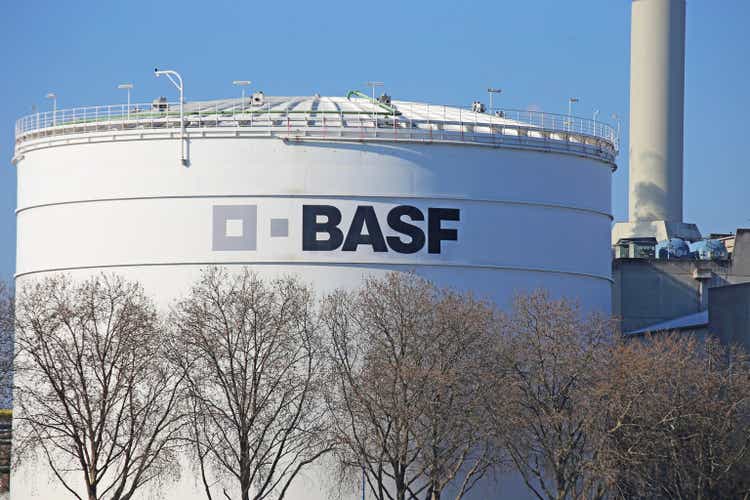- Canada faces another tariff in its ongoing trade talks with the U.S. However, in this latest round of tariff announcements, investors have learned to largely tune them out as negotiating bluster rather than policy commitments.
The White House announced another set of tariffs on Canada.
On Thursday, President Donald Trump posted on social media that Canada would be subjected to an additional 35% tariff rate on products not already subjected to sectoral tariffs.
The reason cited for the new tariffs was Canada’s own retaliatory tariffs, which it issued on March 12 in response to earlier levies imposed by the U.S.
The new tariffs are set to go into effect on Aug. 1. Trump implemented that fresh deadline after the original 90-day pause, issued in April, expired on July 9. This week, the White House sent letters to multiple countries, including major trading partners like South Korea and Japan, informing them of their recent tariff rates, ushering in a renewed focus on the U.S.’s global trade relations.
“Tariffs are Trump’s hammer for every nail that he thinks needs fixing,” said David Bianco, chief investment officer of DWS Americas.
Equal to Trump’s predilection for tariffs has been his administration’s unwillingness to enforce them. In fact, markets are brushing off the latest round of tariff back-and-forths on the assumption the U.S. will continue to hold off on collecting them. “The base case expectation is that major trading partners that are perceived to be negotiating in good faith will receive extensions to accommodate additional talks,” said Glenmede chief of investment strategy and research Jason Pride.
The U.S. and Canada had been in talks for a new trade agreement since last month with the aim of reaching a deal by July 21, according to the Canada’s Department of Finance.
The most recent tariff rate is viewed by some as just a negotiation tactic meant to earn a leg up, rather than a steadfast policy commitment. Fears that the latter was the case ultimately led to a market selloff in April. However, once investors realized the administration’s comments about trade policy did not necessarily translate into action, markets roared back.
“The administration’s communication on tariffs has been erratic to say the least. This has contributed to a lot of ‘noise around the signal,’ and markets are getting a bit numb,” said Christian Chan, chief investment officer at wealth management firm AssetMark. “Ultimately, I think markets believe deals will get done, but this does show how volatile negotiations can be.”
With this new 35% tariff rate, Canada is increasingly subjected to a sprawling web of tariffs. Earlier this year, the U.S. instituted a 25% tariff on all goods not covered by the U.S.-Mexico-Canada trade agreement Trump signed in November 2018. Canada also faces the same sectoral tariffs the rest of the world does. Those include a 25% tariff on automobiles and 50% tariffs on steel, aluminum, and starting Aug 1. also on copper. Canadian energy imports face a 10% tax.
Canada levied tariffs of its own against the U.S. with a 25% import tax on roughly $30 billion worth of U.S. goods. In his letter, Trump also threatened to raise those tariff rates if Canada retaliated further.
“If for any reason you decide to raise your Tariffs, then, whatever the number you choose to raise them by, will be added onto the 35% that we charge,” he wrote in the letter, a screenshot of which was posted on the president’s social-media feed.
Both U.S. and Canadian stocks sank on Friday. The Dow Jones and the S&P 500 both 0.4% below Thursday’s closing price. Canadian stocks were down 0.14% at the open and were down 0.4% during trading hours by the time of publication. Investors see the likelihood of deeper losses as minimal, as the count on a trade deal ultimately being negotiated.
There will be “little impact to the U.S. or Canadian economy if it is likely if [it is] resolved this summer,” Bianco said, though he did add there were near-term consequences to the exchange rate between the Canadian and U.S. dollars if the Federal Reserve didn’t signal cuts were on the way.
Canada’s latest economic report, released Friday, far outpaced analyst expectations. The economy added about 83,000 jobs in June compared to a forecast that expected the labor market to be roughly flat. However, Canada does face 6.9% unemployment, which exceeds the 4.1% rate in the U.S., but that was still an outperformance as economists had expected an unemployment print of 7.1%.
This story was originally featured on Fortune.com

 3 hours ago
1
3 hours ago
1









 English (US) ·
English (US) ·